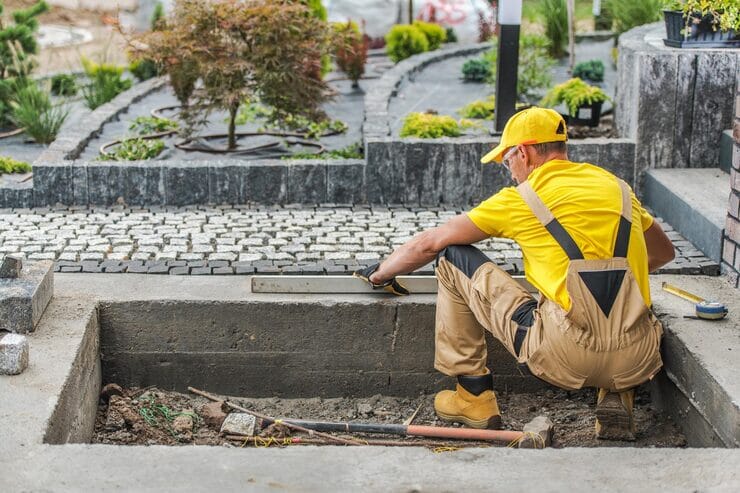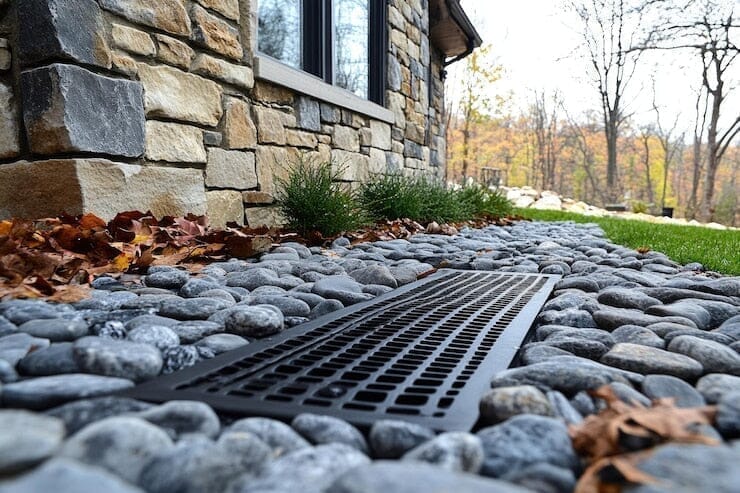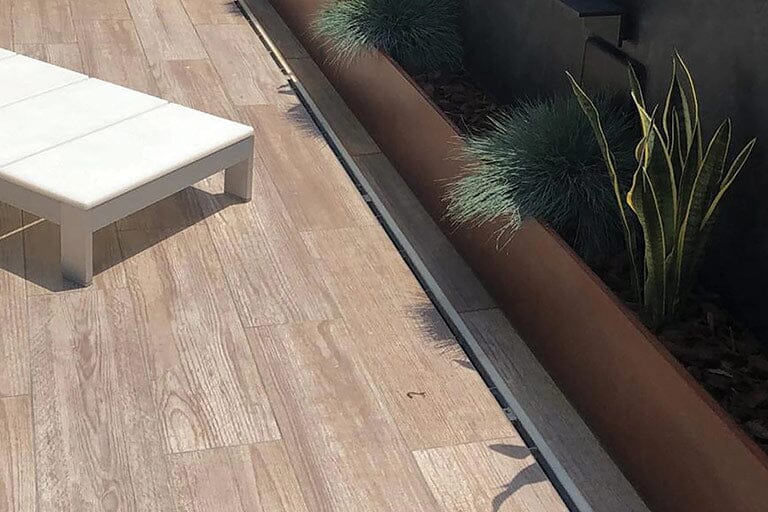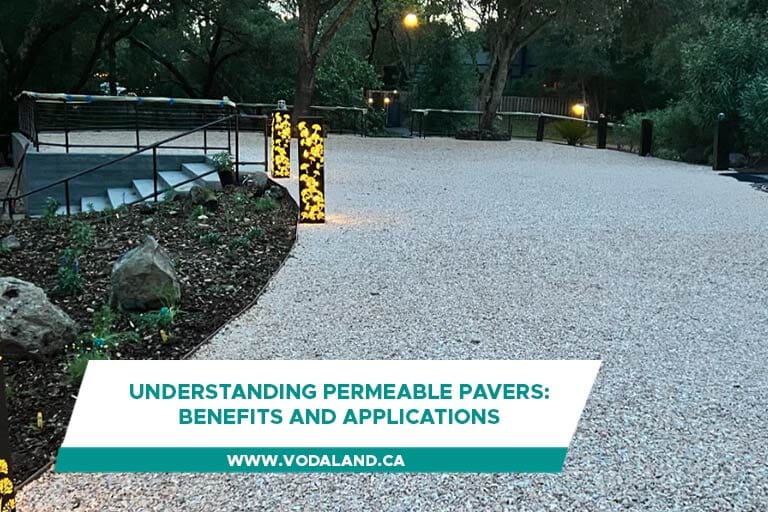Landscape Design Tips You Need to Know
-
20/04/21
-
Vodaland Canada
Creating a thriving landscape with trees, shrubs, flowering plants, and maybe even a vegetable garden requires careful planning. Knowing what you want the results to look like is just the first step. Here are a few landscape design tips you need to know to get you started.
Know Your Style and Your Limits
Many an ambitious do-it-yourselfer has bitten off more than they can chew when trying to bring their big landscape dreams to life. A highly structured landscape with hedges, trees, and shrubs will need a lot of maintenance to retain its shape. If spending each weekend lopping off stray branches and deadheading flowering shrubs (or spending a lot of money paying someone else to do it) is your idea of fun, then go for it. But if you know yourself to be a bit more laissez-faire, you may want to go for a less structured, more natural landscape with native plants that tend to take care of themselves.
Design for Year-Round Interest
Every climate has some seasonal changes, and many have extremes of weather through the year. Wherever you live, the amount of sun and precipitation your landscape gets each day will change as the seasons change. Therefore, you must make year-round interest part of your design plan. Your design should account for yearly interest in the front of the house for curb appeal, and it should also take into consideration the views from within the house and from any outdoor spaces such as terraces and patios. Plan for all-summer bloom somewhere in the garden and for evergreens to create texture and shape when the blooms die away.
Identify Problem Areas
A landscape rarely has a uniform type or quality of soil throughout. Walk around and note any bare spots, muddy places, parts of the landscape that are always in deep shade, and other areas that get full sun throughout the year. The landscape design must also contemplate the types of soil present. Determine whether you’ll need to add amendments to accommodate the plants you want to help them thrive in various locations.
Install Hardscapes First
One very important landscaping tip to know is to set up hardscapes first. Walls, walkways, paths, and rocks create interest and form for a landscape. Many hardscapes extend to driveways and patios. Keep in mind that they can compact soil and damage plants, and be mindful of drainage issues. Permeable paving materials are available, but that doesn’t mean stormwater will sink in immediately—plan to manage runoff with a trench drain, catch basin, or slot drain. Erosion may be an issue as well.
Give It Time
Instant landscapes are for billionaires who may be able to pay for mature trees and their installation. Residential and commercial landscapes take time to develop. The good news is that plants grow! The landscape may look a little odd when first planted, but with plenty of space around the plants to give them room to mature, the grounds will quickly fill out to bring your carefully designed landscape into full view.














